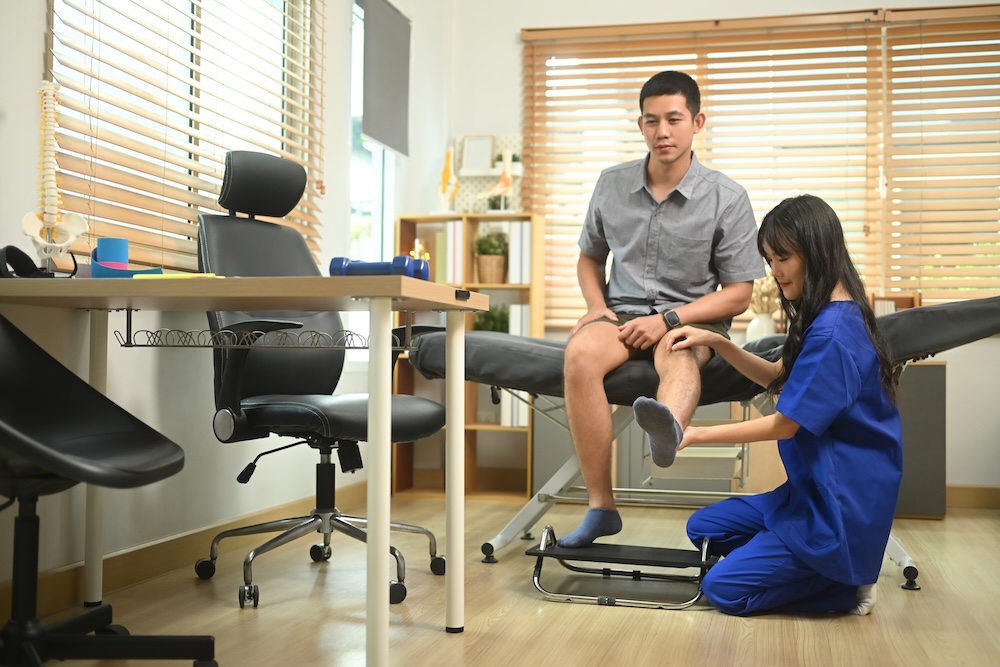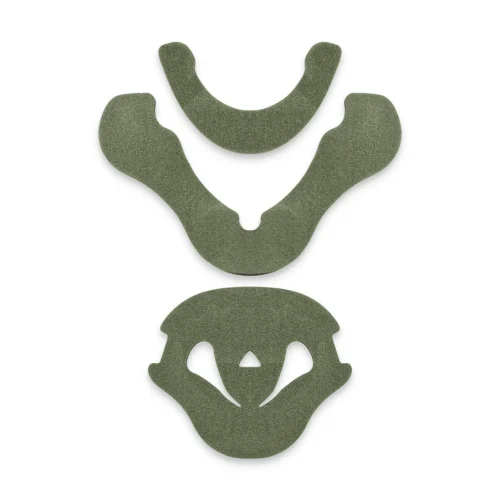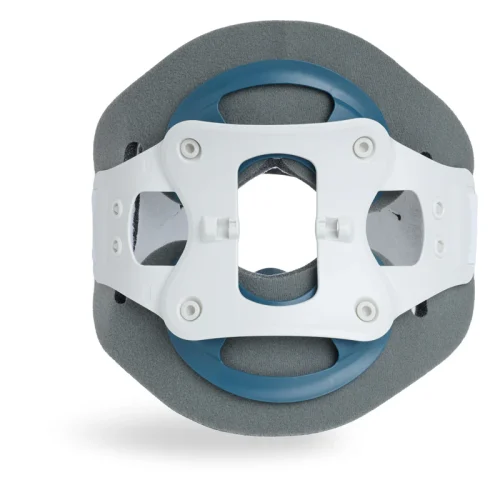Knee Osteoarthritis

Causes and Symptoms of Knee Osteoarthritis
Knee osteoarthritis can affect anyone, but it is most common in individuals over the age of 40. Women are more likely than men to develop this condition. Risk factors include genetics, weight gain, previous injuries, repetitive stress on the joint from work or sports, and certain underlying health conditions.
Common symptoms may include:

Treatments
Diagnosing knee osteoarthritis involves a comprehensive evaluation, including a review of the patient’s medical history, symptoms, and a physical examination. Diagnostic tests such as X-rays, MRIs, blood tests, joint aspiration (removal of fluid from the knee), and ligamentous laxity tests (e.g., Lachman, valgus, and varus stress tests) may also be recommended.
To manage knee osteoarthritis effectively, physicians may suggest one or more of the following treatments:
- Heat or Cold Therapy: To reduce pain and inflammation.
- Diet and Exercise: To improve joint health and mobility.
- Weight Loss: To reduce stress on the knee joint.
- Physical Therapy (PT) and Occupational Therapy (OT): To enhance strength and function.
- Acupuncture: To alleviate pain.
- Massage Therapy: To improve circulation and reduce stiffness.
- Transcutaneous Electrical Nerve Stimulation (TENS): For pain relief.
- Supplements: Such as glucosamine for joint health.
- Gels or Topical Creams: For localized pain relief.
- Over-the-Counter (OTC) Medications: Such as acetaminophen and NSAIDs.
- Prescription Medications: Including antidepressants for chronic pain management.
- Injections: Cortisone or platelet-rich plasma (PRP) for inflammation and healing.
- Shock-Absorbing Shoe Inserts: To reduce impact on the knees.
- Knee Bracing: For added support and stability.
Benefits of Bracing for Knee Osteoarthritis
Products






